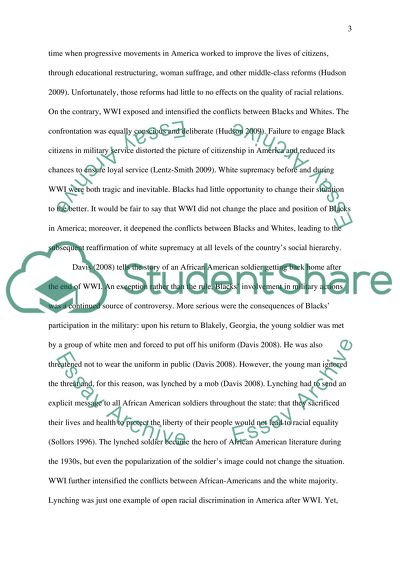Cite this document
(“The Impact of the Two World of Black America Essay”, n.d.)
Retrieved from https://studentshare.org/history/1433443-critically-discuss-and-explore-the-ways-in-which
Retrieved from https://studentshare.org/history/1433443-critically-discuss-and-explore-the-ways-in-which
(The Impact of the Two World of Black America Essay)
https://studentshare.org/history/1433443-critically-discuss-and-explore-the-ways-in-which.
https://studentshare.org/history/1433443-critically-discuss-and-explore-the-ways-in-which.
“The Impact of the Two World of Black America Essay”, n.d. https://studentshare.org/history/1433443-critically-discuss-and-explore-the-ways-in-which.


